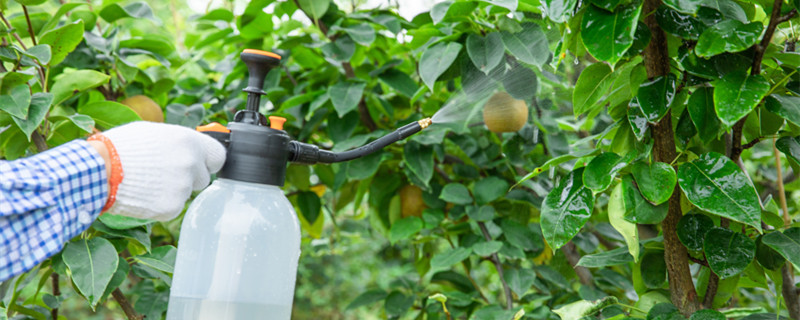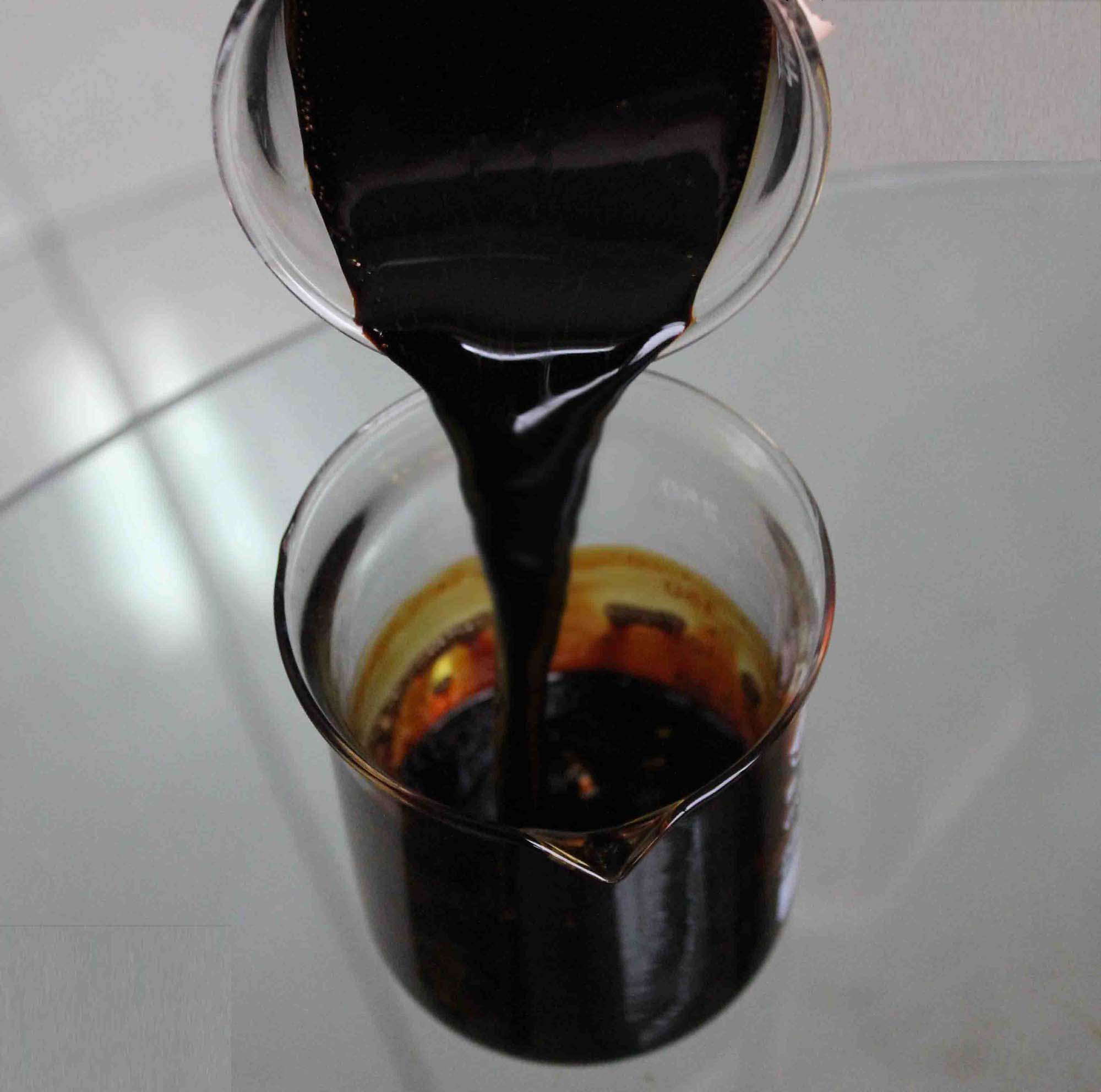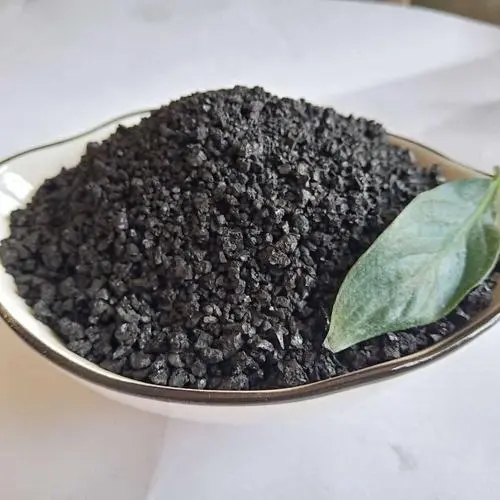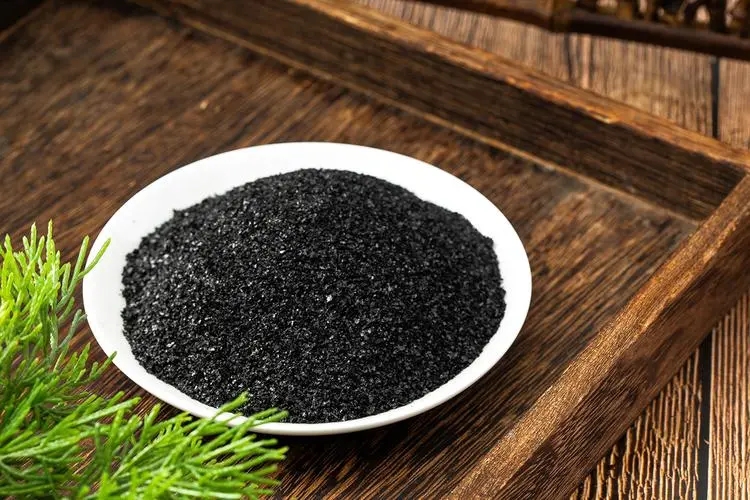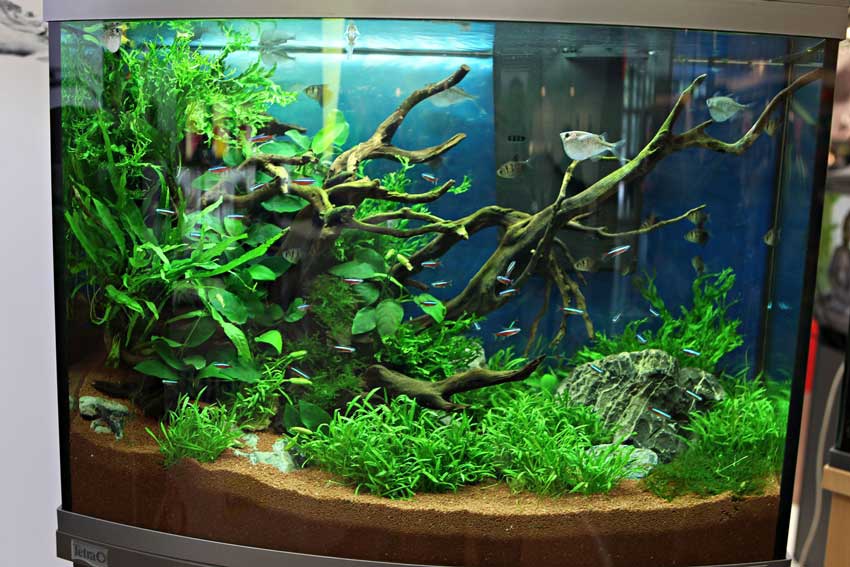The effect of humic acid on pesticides: synergistic effect
Research on the synergistic effect of humic acid on pesticides, reported in the literature alone, is sufficient to illustrate the significant effects achieved by the combined use of humic acid and pesticides, including pesticides, fungicides, herbicides and plant growth regulators. Specific examples mainly include the use of humic acid in combination with copper or gram […]
The effect of humic acid on pesticides: synergistic effect Read More »

